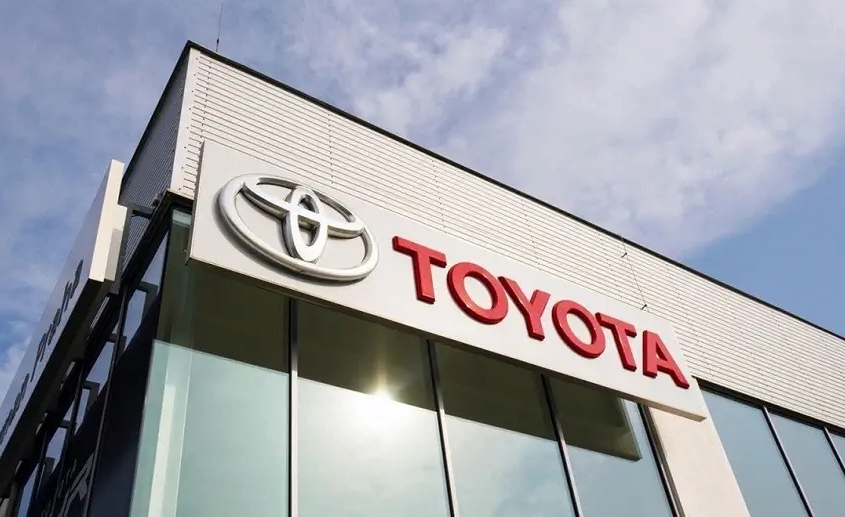Toyota 2024: Innovationen und wirtschaftliche Herausforderungen
Inhaltsverzeichnis
- Toyota 2024: Innovationen und wirtschaftliche Herausforderungen

Toyota's Financial Forecast for 2024: A Glimpse into the Future
On May 8th, Toyota Motor Corporation announced its consolidated financial statements for the fiscal year 2023 (April 2023 to March 2024) and its consolidated financial forecast for the fiscal year 2024 (April 2024 to March 2025). The financial data revealed that in fiscal year 2023, Toyota revenue reached approximately 45.09 trillion yen, a significant increase of about 7.94 trillion yen or roughly 21% compared to the previous fiscal year. Operating profit soared to approximately 5.35 trillion yen, up by about 2.63 trillion yen or more than 96%, setting a new record; pre-tax profits were about 6.97 trillion yen, nearly 90% higher than the previous year; and net profit reached approximately 4.94 trillion yen, more than double the previous year's figure.This marked the first time that Japanese corporate operating profits have exceeded the 5 trillion yen threshold. Toyota Motor Corporation's president, Koji Sato, believes that these financial achievements reflect the company's core merchandise-focused business strategy and the ongoing consolidation of its business foundation.Looking ahead to fiscal year 2024, Toyota anticipates a sales increase of 2% to 46 trillion yen; however, operating profits are expected to decline by 19.7% to 4.3 trillion yen, and net profits are projected to decrease by 27.8% to 3.57 trillion yen. This expected fluctuation in performance is mainly due to the company's increased investments in electric vehicles and artificial intelligence technologies, totaling about 2 trillion yen, as it transforms into a mobility company.Toyota's Performance Leap: Record Profits and Electrification Drive
Toyota Motor Corporation attributes its profit growth during the reporting period to several key factors. The surge in operating profit is largely due to increased sales of electrified vehicles centered on hybrid models, a better profit structure from high-revenue models, price adjustments in markets like North America and Europe, currency fluctuations, and efforts to cut costs which offset the rising prices of raw materials.Official figures for the fiscal year 2023 show that the Toyota Group, which includes Toyota, Lexus, Hino, and Daihatsu, achieved a global cumulative sales volume of approximately 11.09 million vehicles, marking a 5% year-over-year increase. Specifically, Toyota vehicles accounted for about 9.443 million units, up 7% from the previous year; sales of Toyota and Lexus electrified models (including HEV, PHEV, BEV, and FECV) totaled approximately 3.855 million units, a significant rise of 35.3%, increasing their share of total sales from 29.6% the previous year to 37.4%.This boost in sales volume propelled Toyota’s operating profit margin from 7.3% in the previous fiscal year to 11.9% in 2023, with operating profit surpassing 5 trillion yen for the first time—nearly double that of the previous year. For comparison, in 2023, Tesla's operating profit margin stood at 9.2%, showing a decline of 7.6 percentage points, while Volkswagen Group reported an operating profit of 22.6 billion euros with a return on sales of 7.0%.Notably, Toyota's previous record for operating profit was 2.99 trillion yen in the fiscal year 2021, and this year’s figure is over 2 trillion yen higher, making it the first publicly listed Japanese company to exceed 5 trillion yen in operating profits.For fiscal year 2024, Toyota forecasts sales to reach 46 trillion yen, with operating profits expected at 4.3 trillion yen—down 1.05 trillion yen from 2023—and net profits anticipated to be 3.57 trillion yen, a decrease of 1.37 trillion yen.On the sales front, Toyota estimates that its vehicle sales for fiscal year 2024 will approach 9.5 million units, representing a slight year-over-year increase. Electrified models are expected to account for 4.827 million units, a 25.2% increase from the previous year, further raising their proportion of total sales to 46.4%.




















